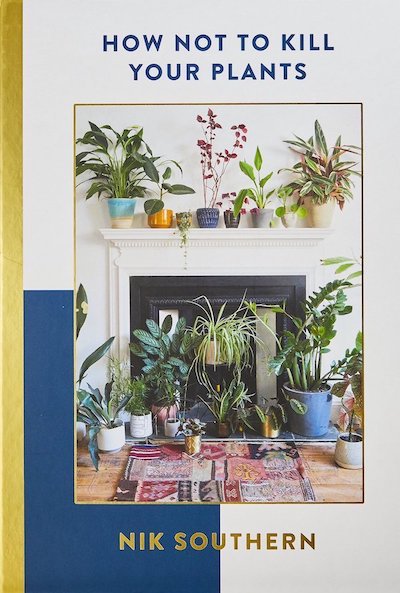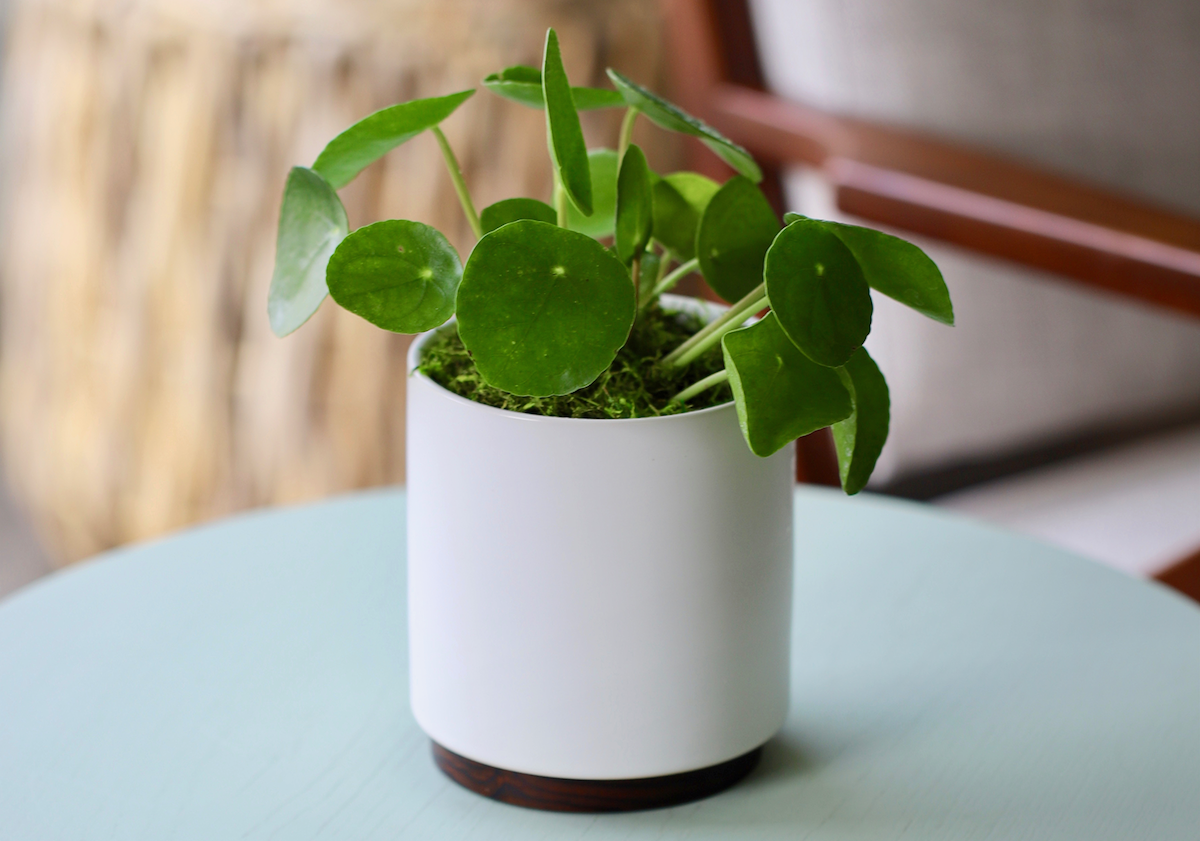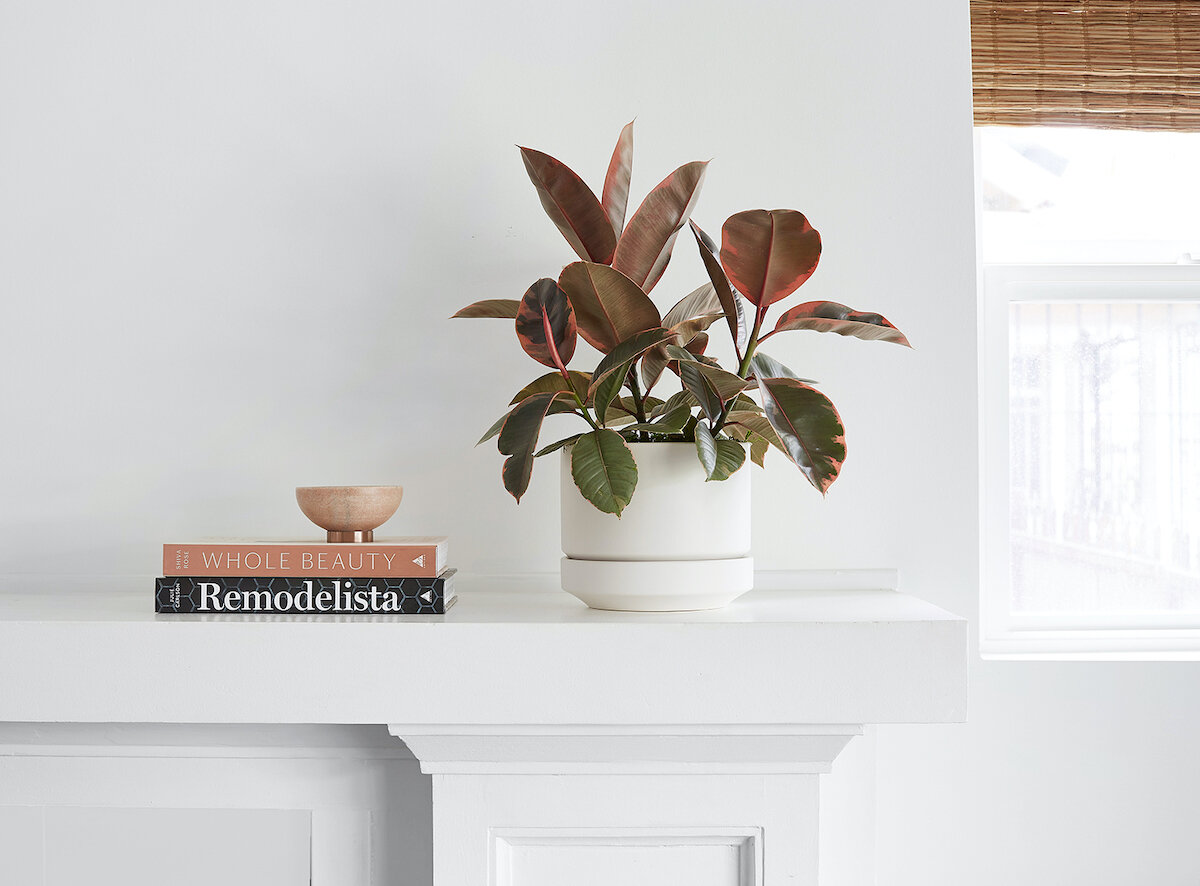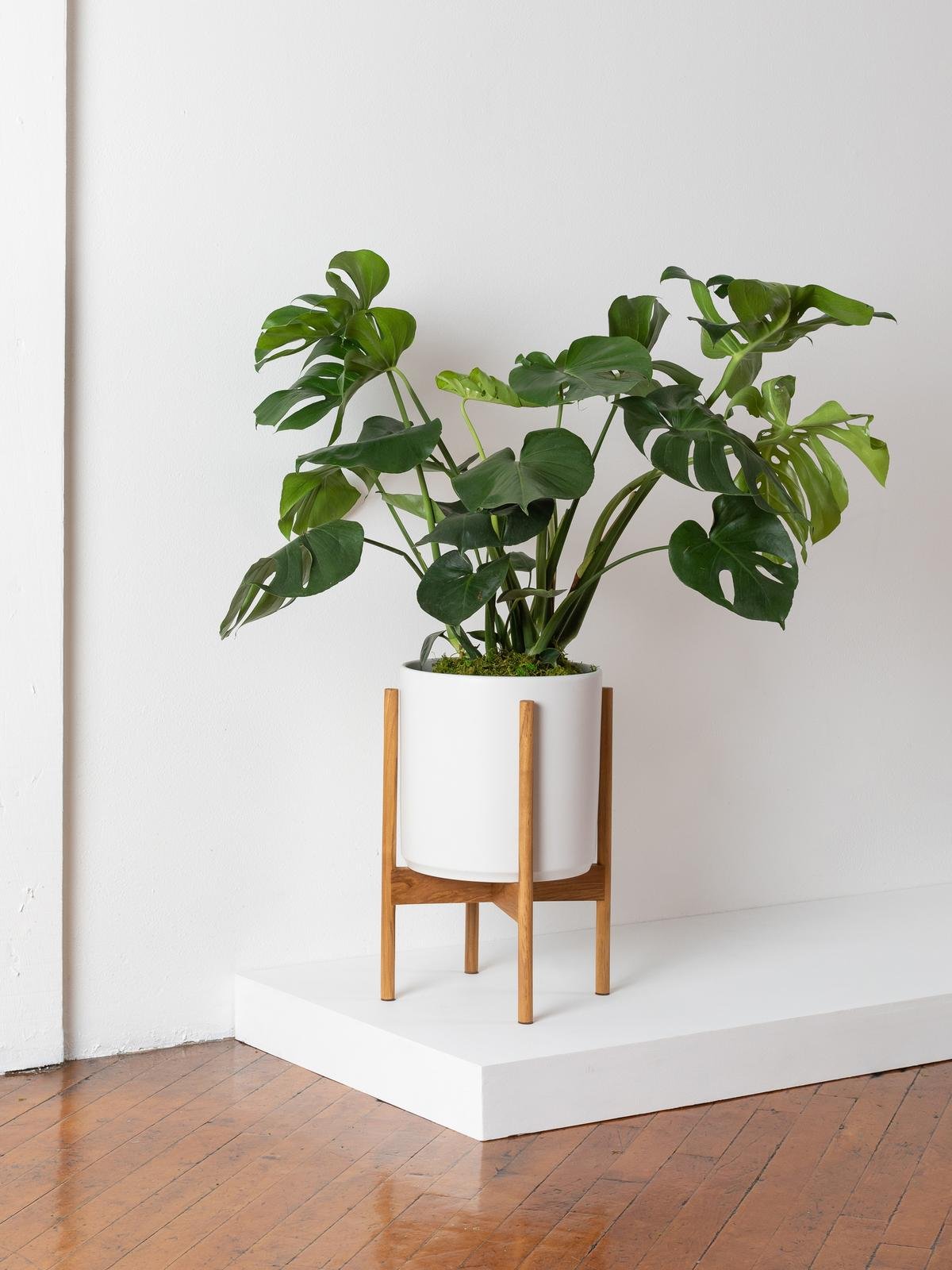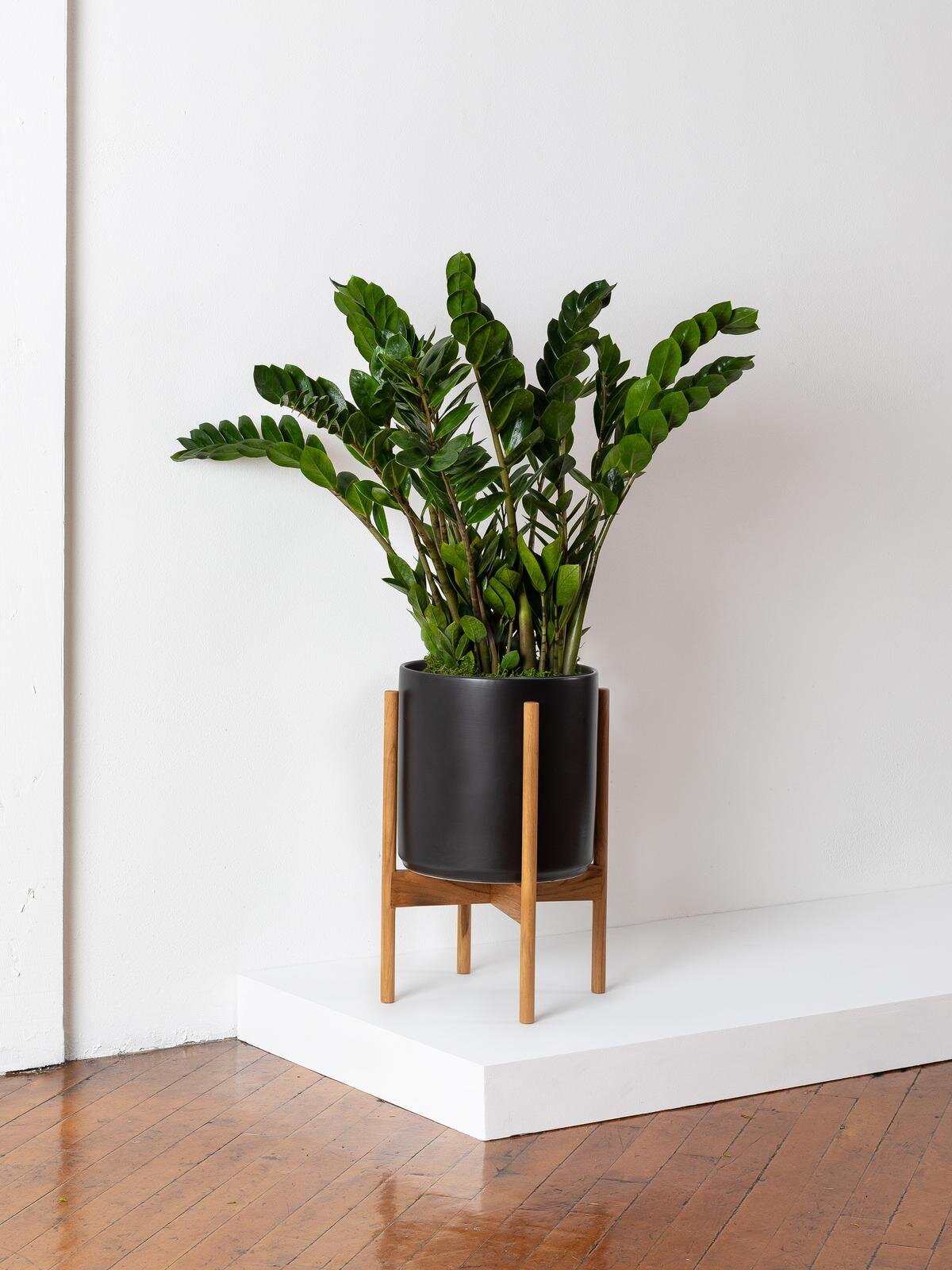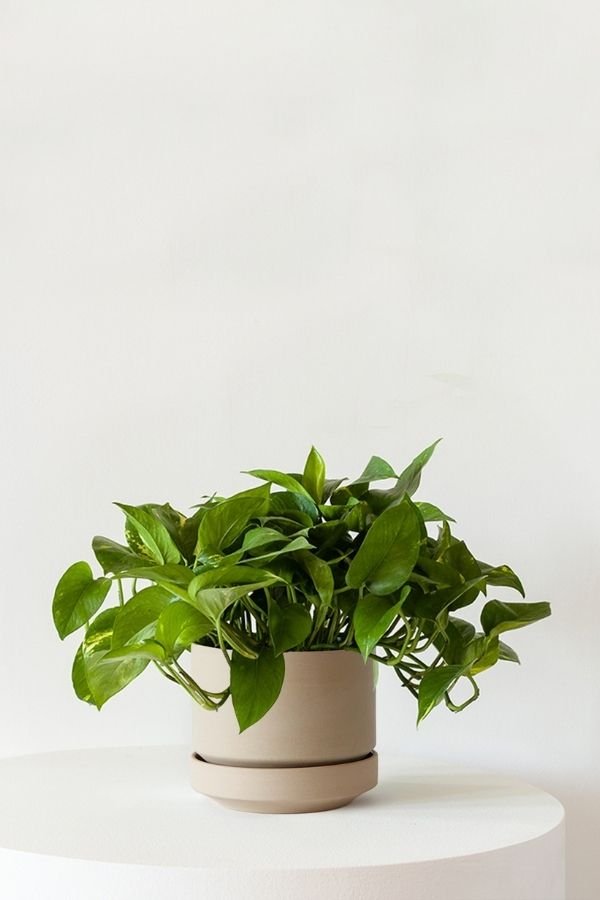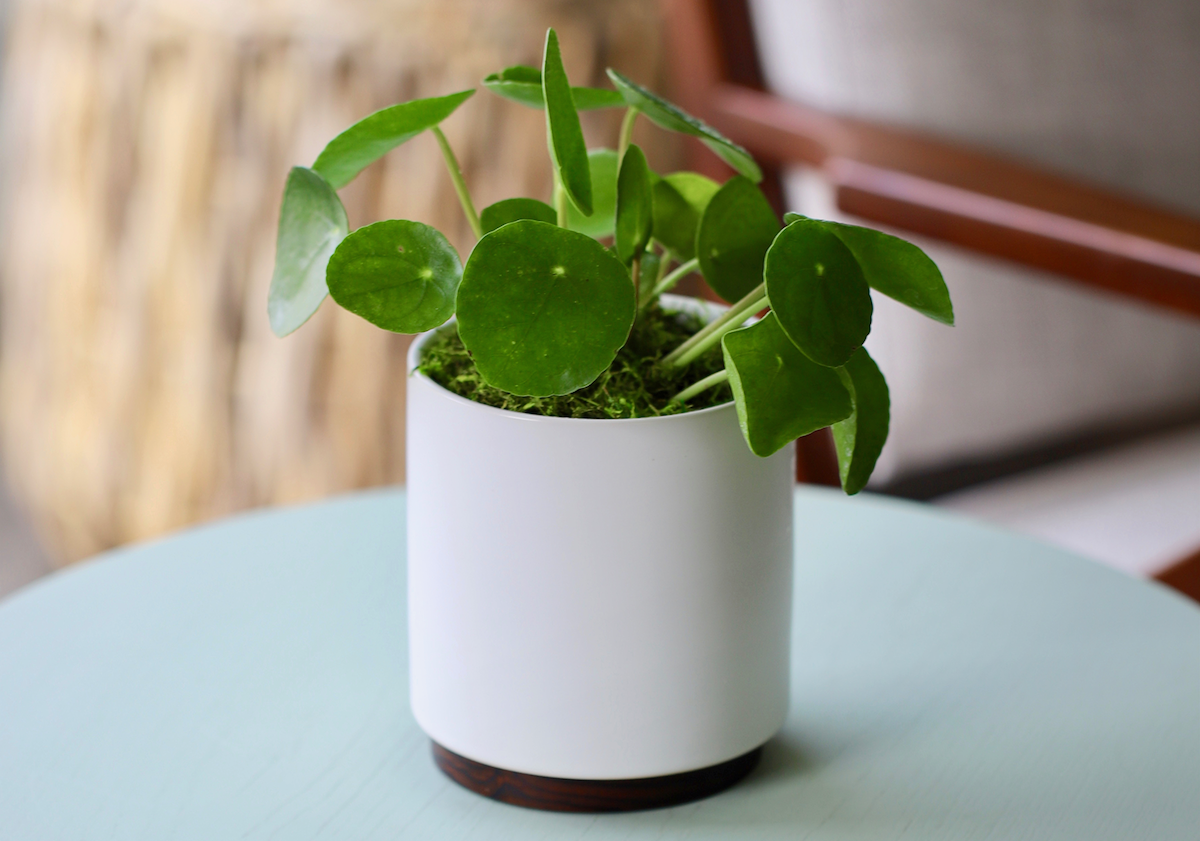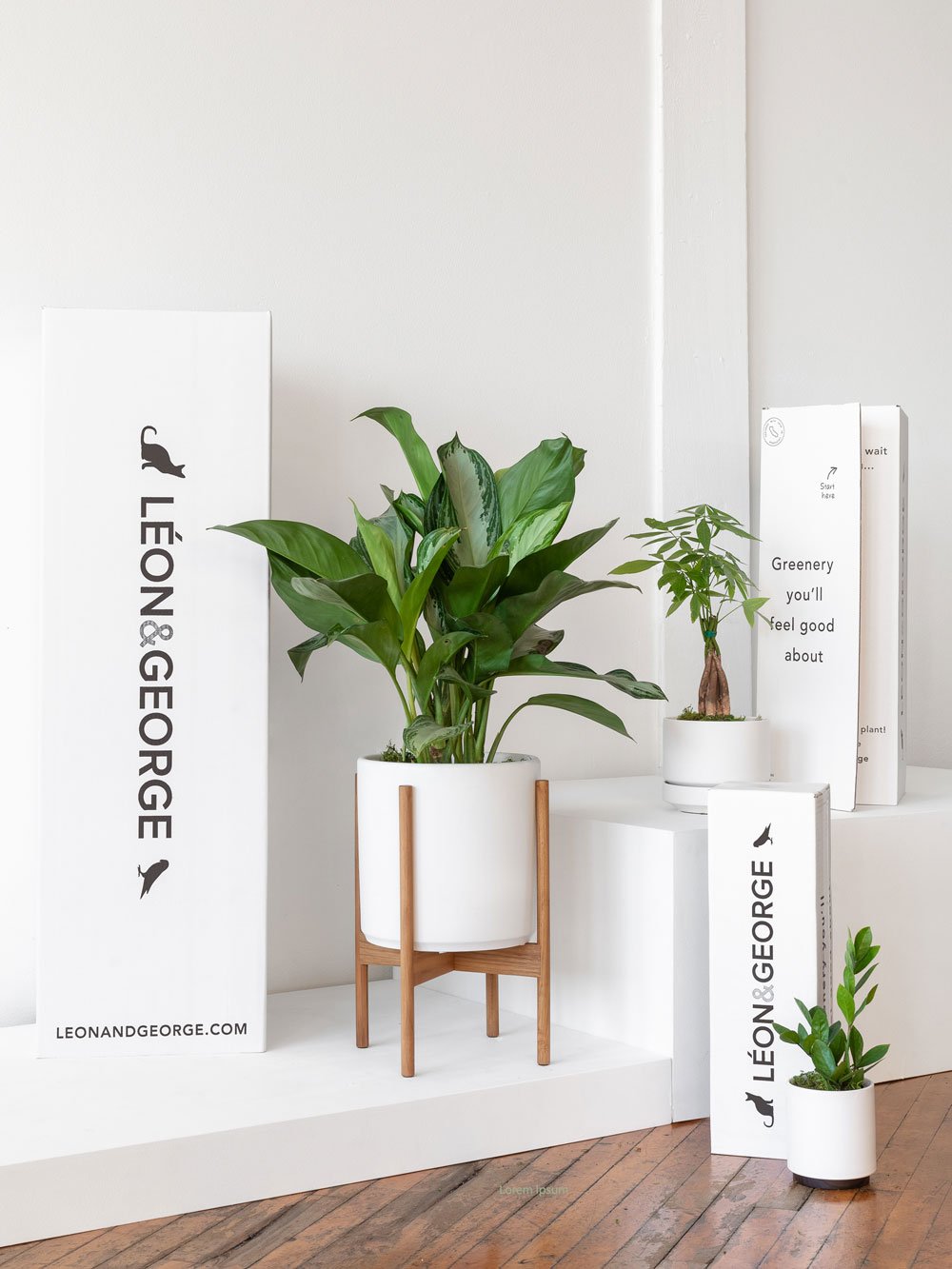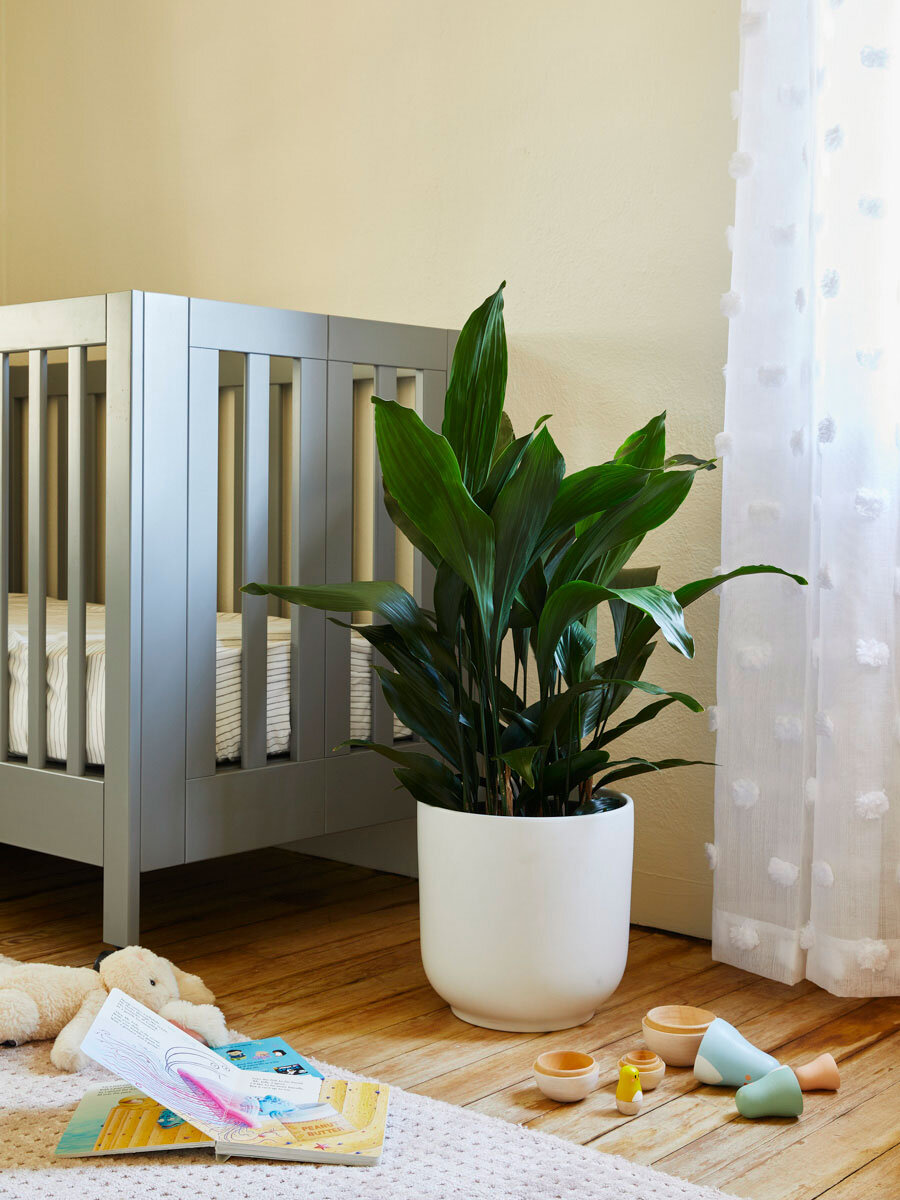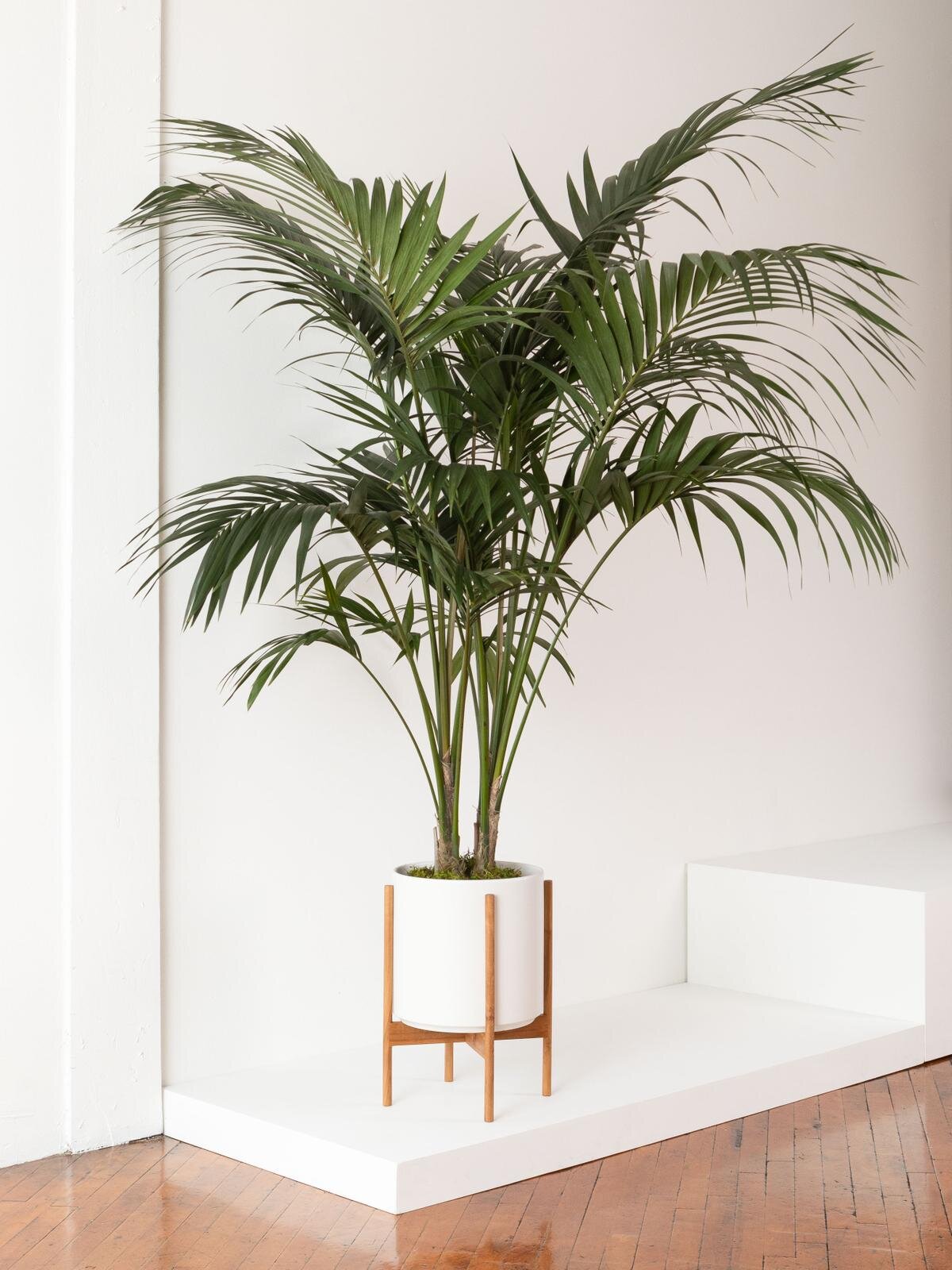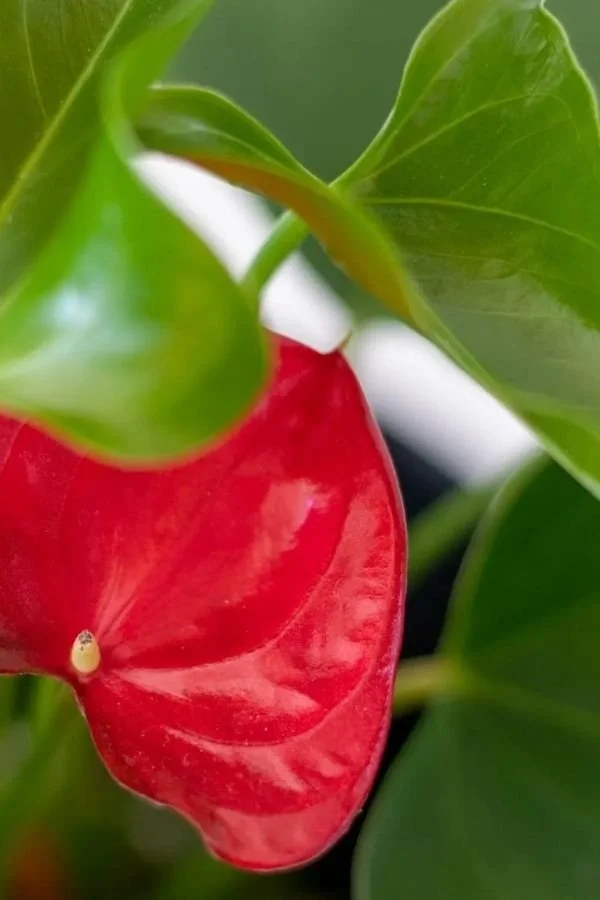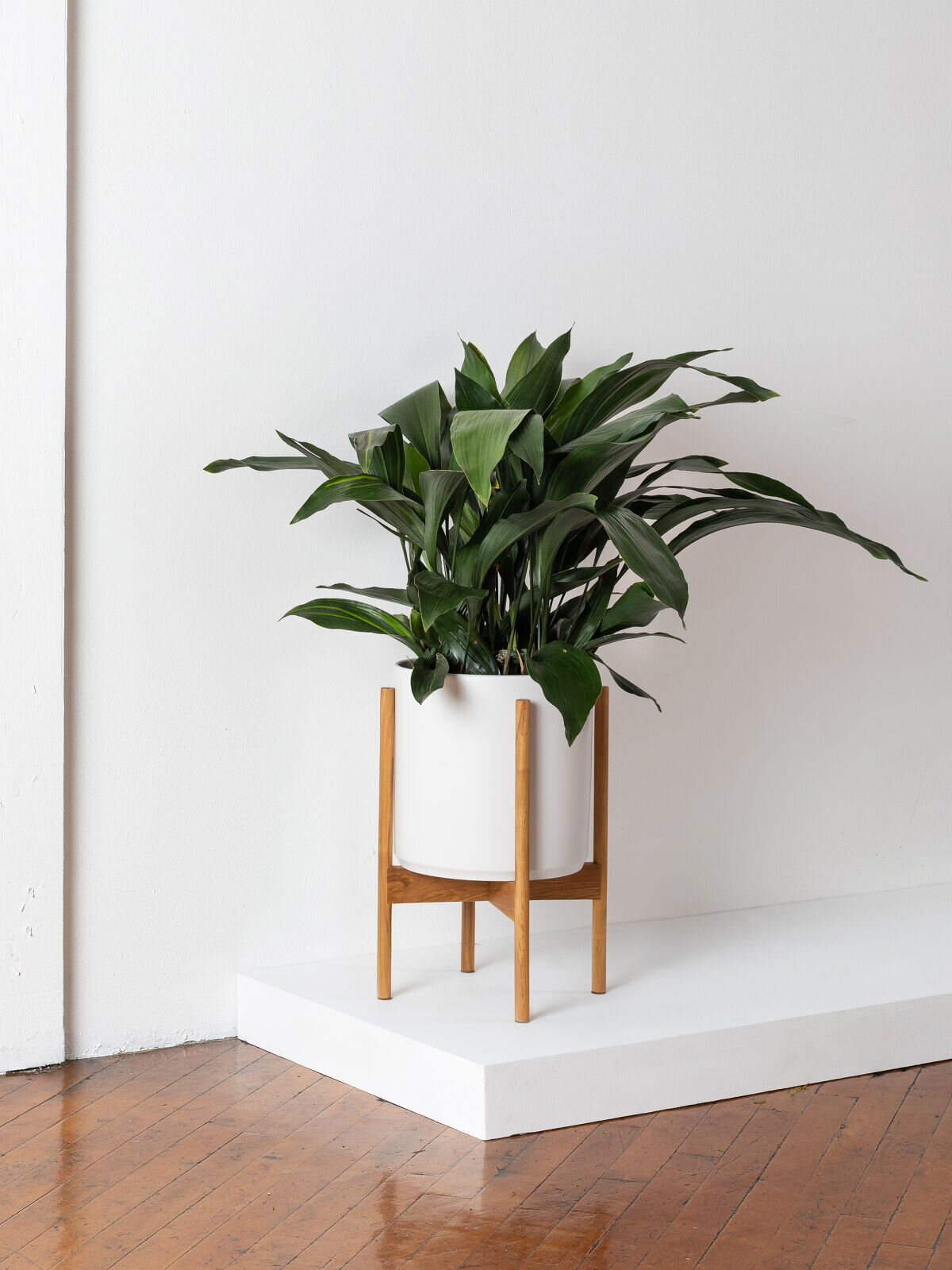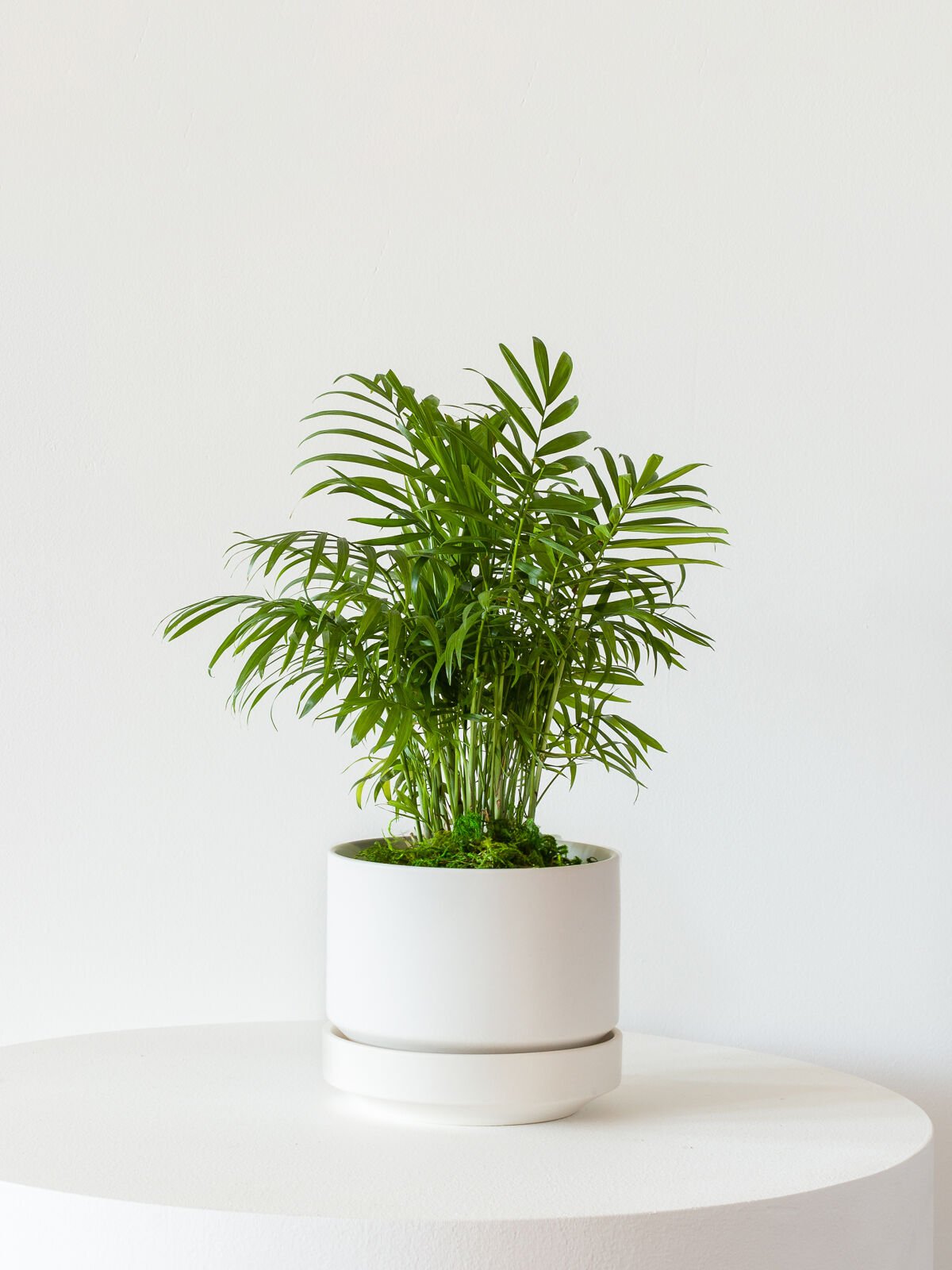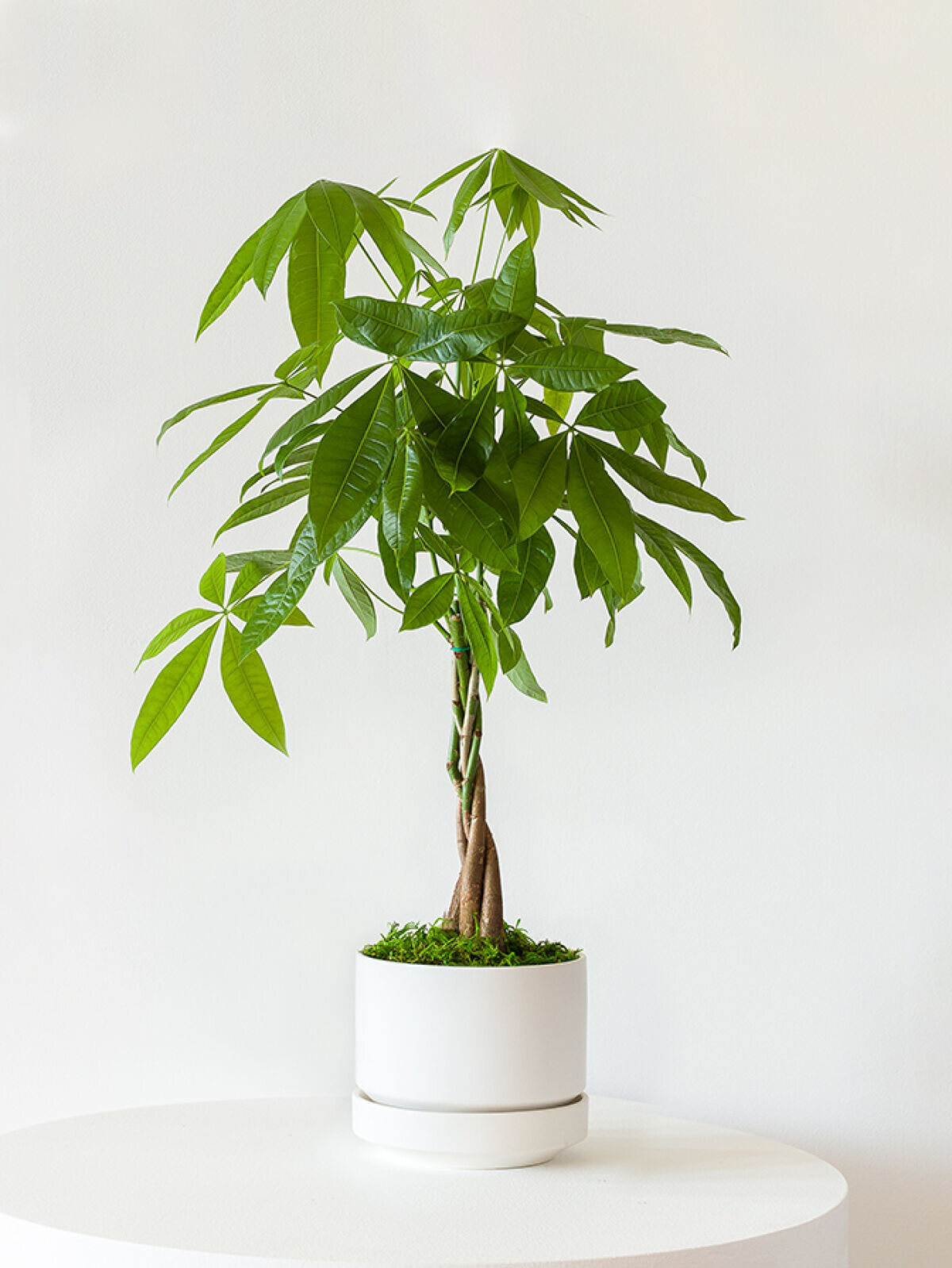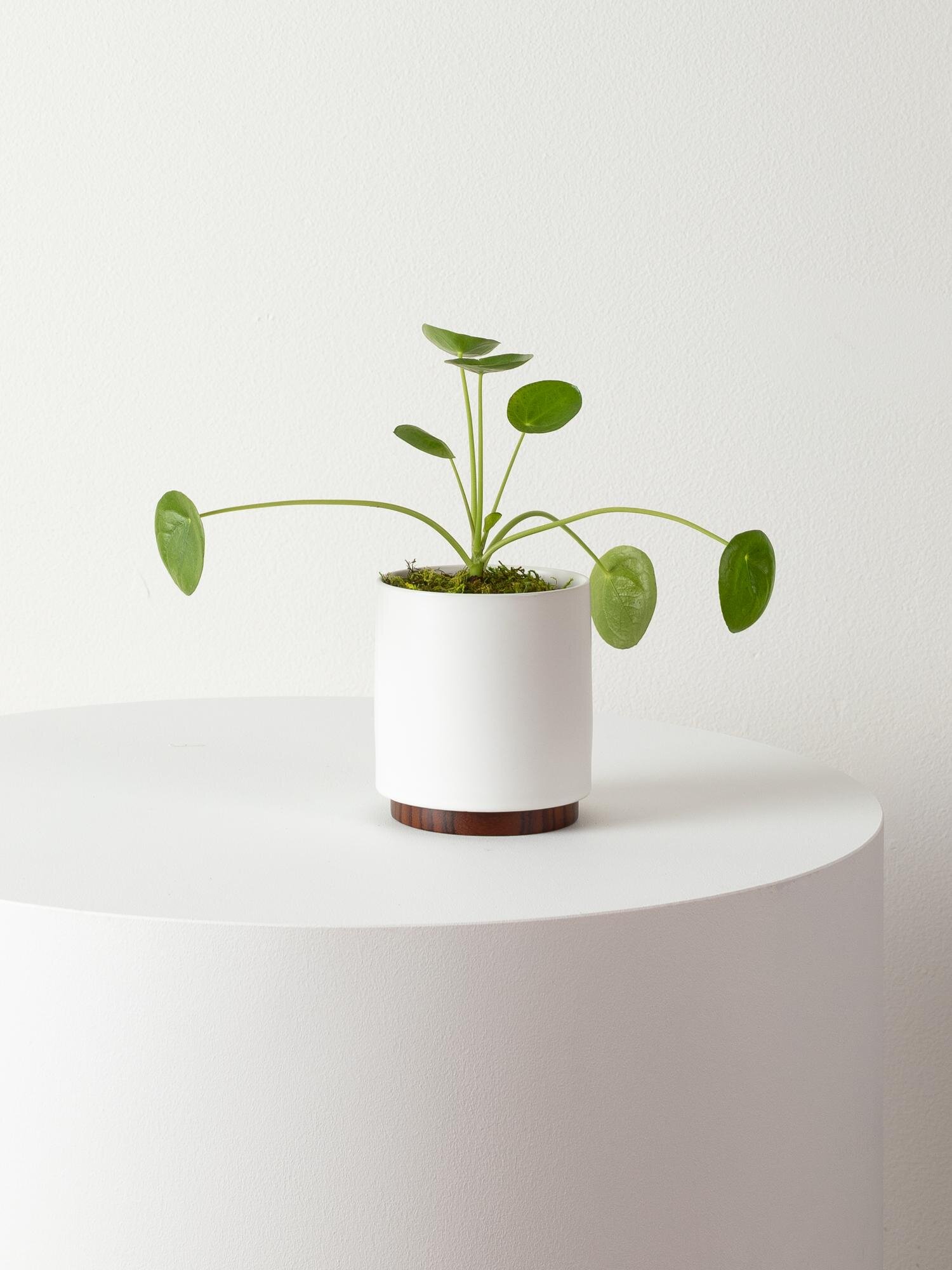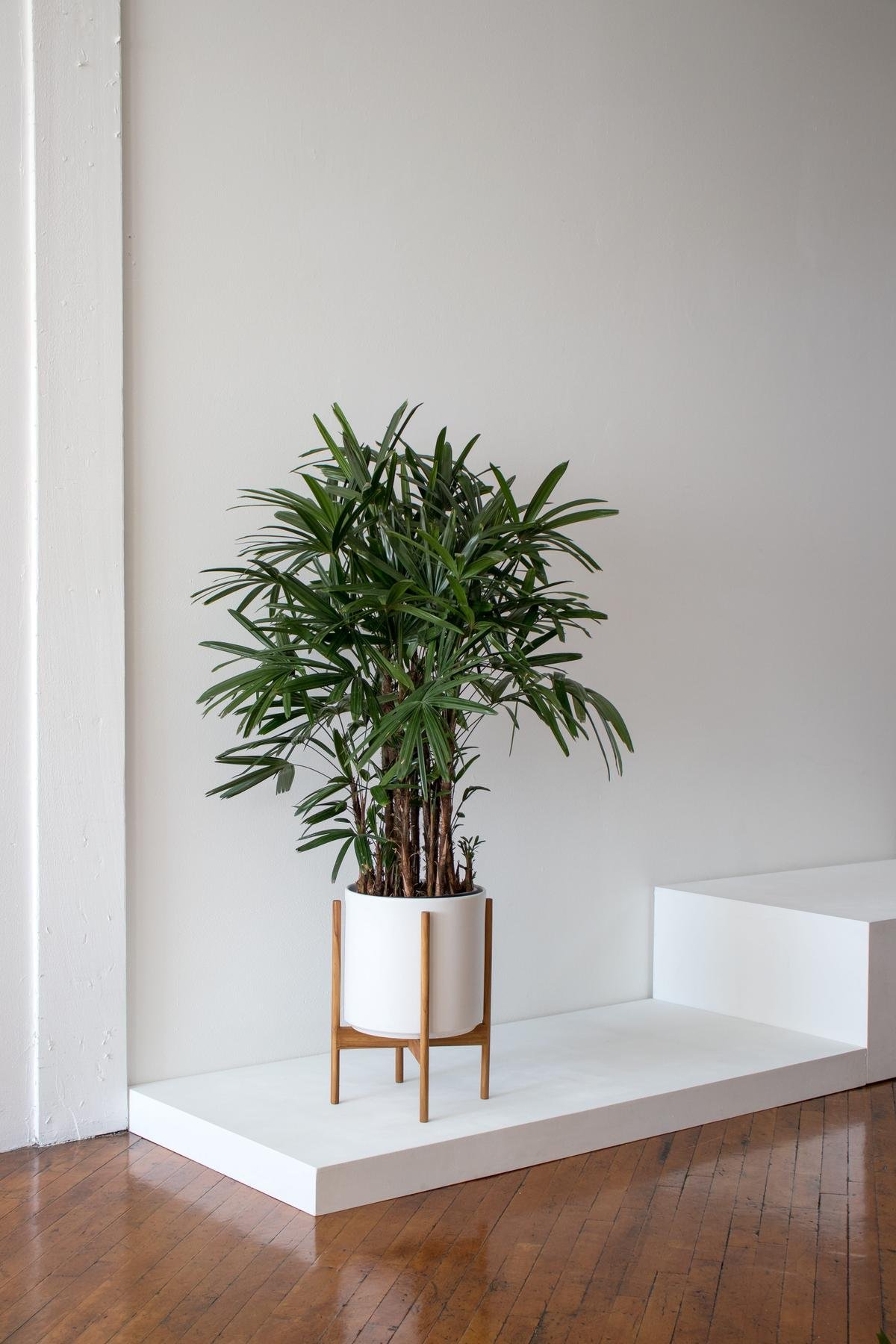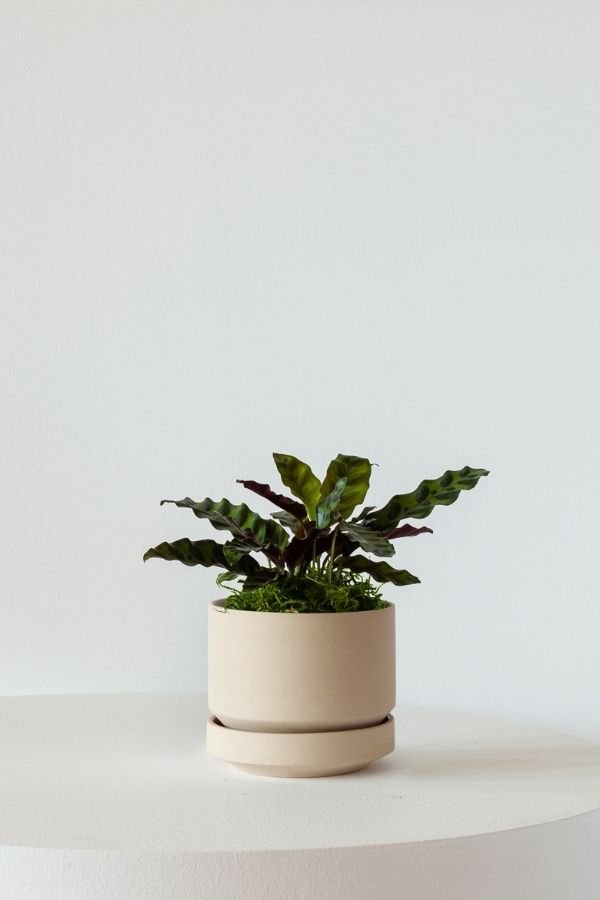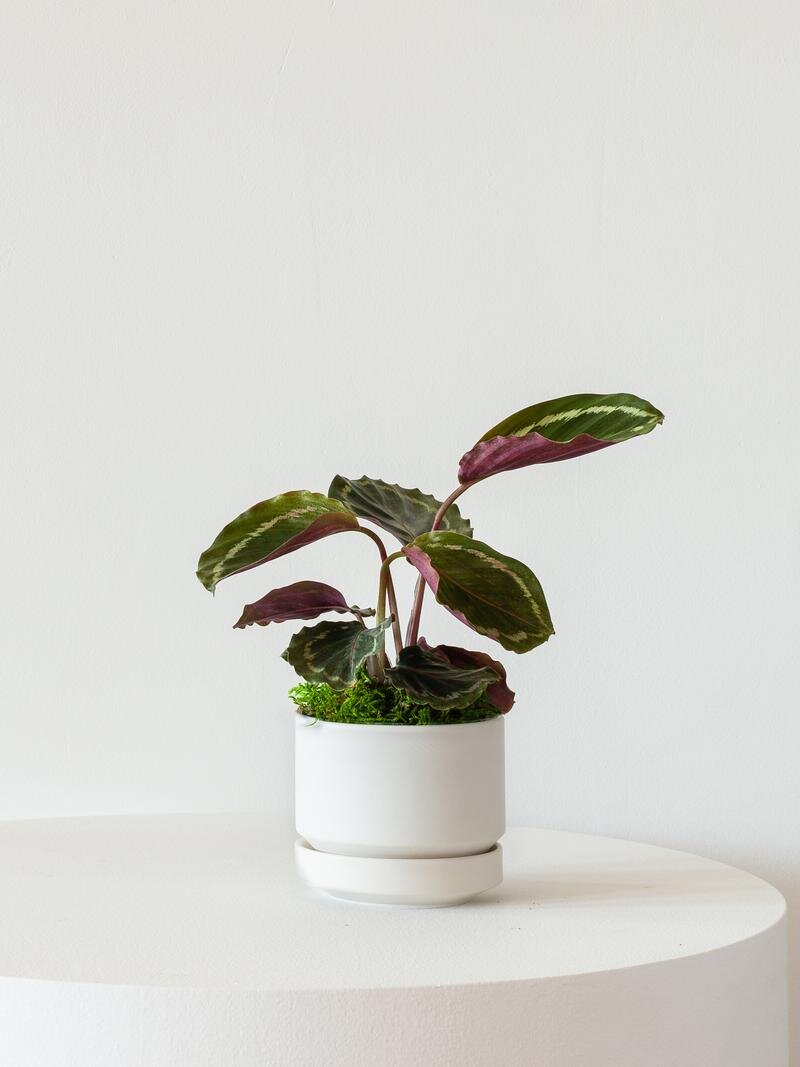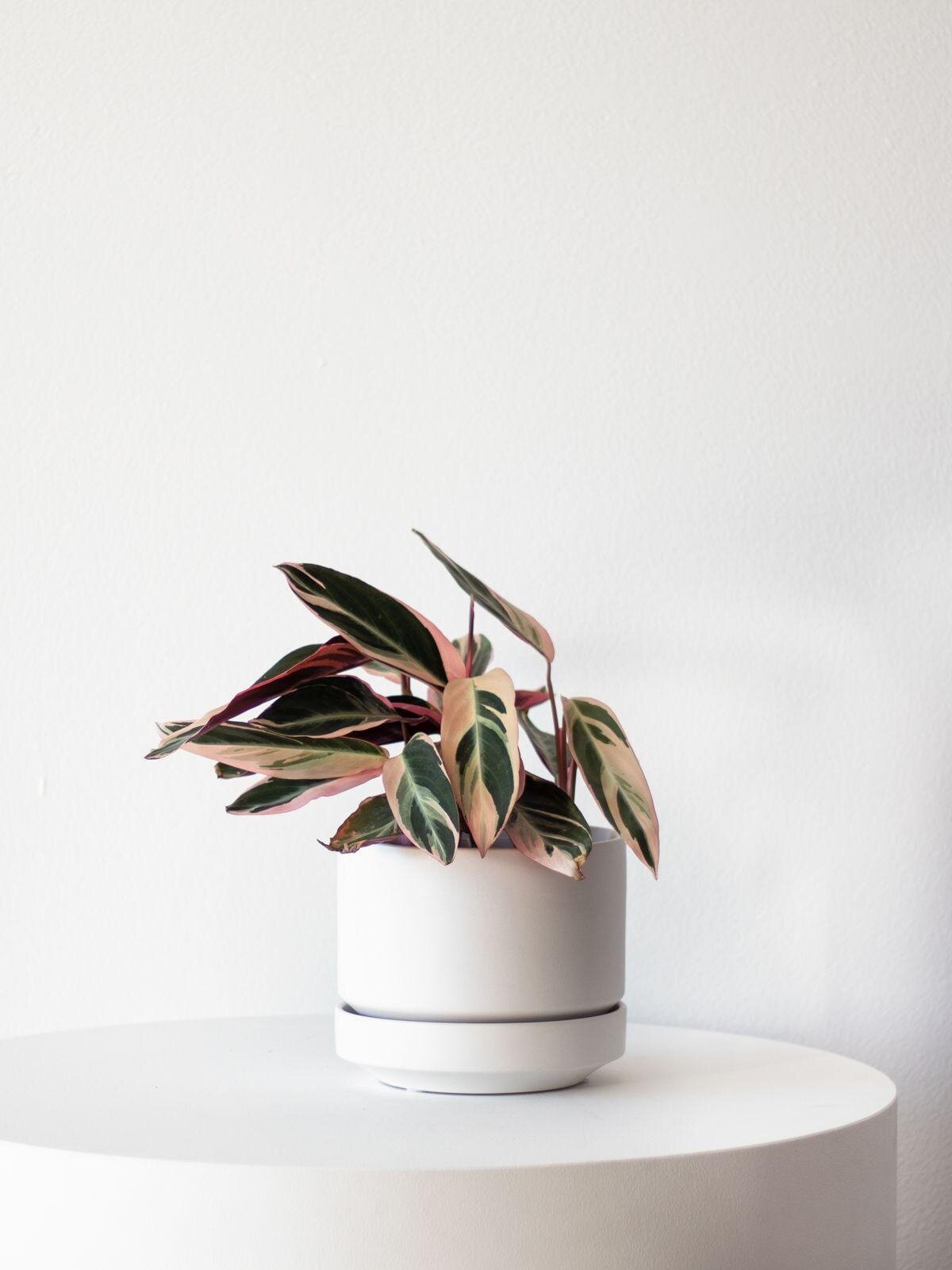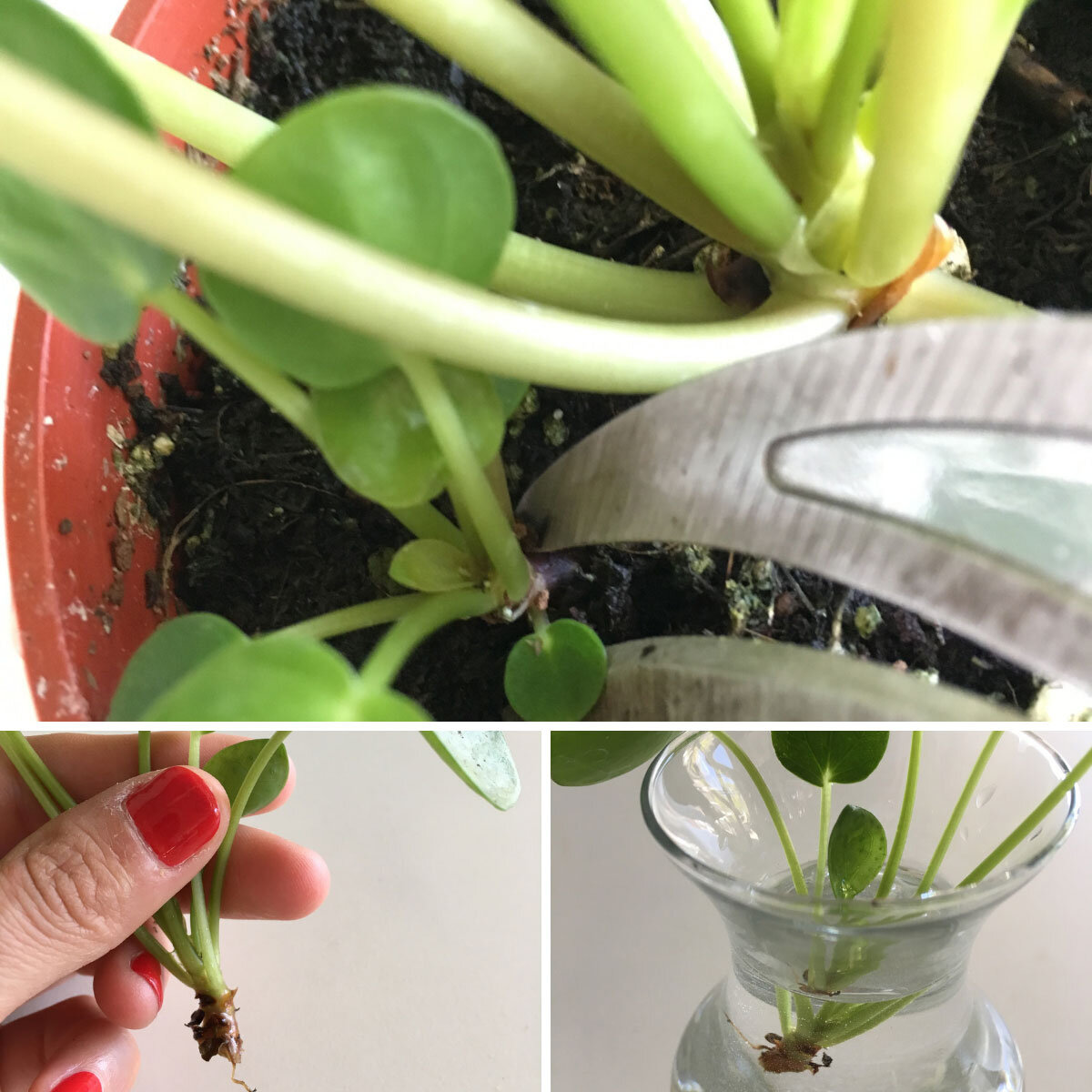Mold is a type of fungus that can grow on just about any surface that is moist and has organic matter. It is a common problem in households, especially in areas where there is high humidity and poor air circulation. Mold is also a concern for houseplants, as it can affect their health and growth.
However, not all mold is bad, and if you see it on the surface of your plant’s soil—relax! It’s totally harmless. A white powdery film on the soil's surface is actually a sign of life, and many organic gardeners believe it supports growth.
Is mold beneficial for houseplants?
There are some instances where mold can be beneficial for houseplants. One such example is when the mold is growing on the surface of the potting soil. This type of mold is typically harmless and can even help break down organic matter in the soil, making nutrients more available to the plant.
Another example of beneficial mold is mycorrhizal fungi, which are a type of fungi that form a symbiotic relationship with plant roots. These fungi help the plant absorb nutrients, such as phosphorus and nitrogen, from the soil. In turn, the plant provides the fungi with sugars produced during photosynthesis.
How can mold be bad for houseplants?
While there are some instances where mold can be beneficial for houseplants, there are also many cases where it can be harmful. One such example is when the mold is growing on the leaves of the plant. This type of mold can inhibit photosynthesis, which is the process by which plants produce their food. If the mold growth is severe, it can lead to leaf drop and even death of the plant.
Mold can also be a sign of overwatering. When soil is constantly moist, it provides the perfect environment for mold to grow. Overwatering can lead to root rot, which is a condition where the plant's roots become saturated with water and begin to decay. This can cause the plant to wilt, lose leaves, and ultimately die.
In addition to harming the plant, mold can also be a health hazard for humans and pets. Certain types of mold, such as black mold, can produce toxins that can cause respiratory problems and other health issues.
How to prevent mold from growing on houseplants
The best way to prevent mold from growing on houseplants is to provide them with the proper growing conditions. This includes making sure that they are planted in well-draining soil and that they are not overwatered. Good air circulation is also important, so avoid placing plants in areas with poor ventilation and consider regularly aerating your plant’s soil.
How to address mold on houseplants
Remove - scrape off the top layer of soil, being careful not to get too close and breathe in any of the fungal spores
Reduce humidity - move your plant to a sunnier spot, or somewhere with more air ventilation to help the soil dry out
Keep your plant clean - clean your plants leaves and stems regularly with a mild soap like L’Original, which also functions as a natural fungicide
Fluff the moss - Léon & George plants are topped with a decorative moss, fluff up the moss to create more room for air circulation
Wait to water - don't water again until the soil has completely dried out
Spice - if the mold is recurring and the actions above aren't working, sprinkle a light and even layer of cinnamon onto the soil









